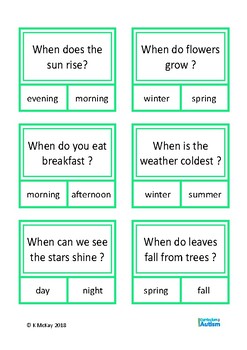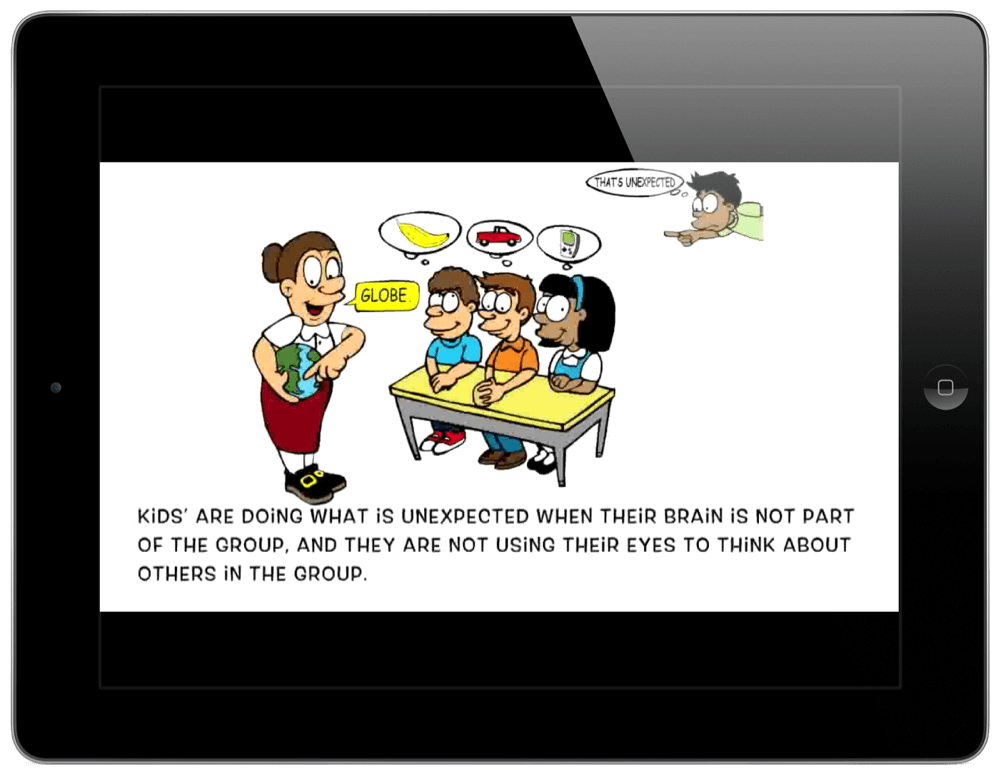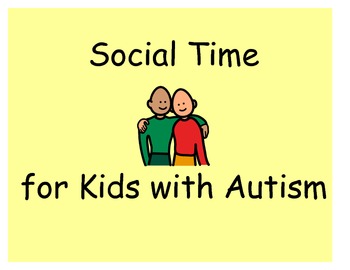

- #AUTISM SOCIAL QUESTIONS APP HOW TO#
- #AUTISM SOCIAL QUESTIONS APP PROFESSIONAL#
- #AUTISM SOCIAL QUESTIONS APP SERIES#
Social narratives are short stories, written by you and read with individuals with ASD. Not only are social narratives an EBP, but they are easy to develop and implement in your classroom, in your home or at the job site.
#AUTISM SOCIAL QUESTIONS APP PROFESSIONAL#
The National Professional Development Center for Autism Spectrum Disorders has established social narratives as one of these EBPs. There are a variety of evidence-based practices (EBPs) you can use, which have been shown to be effective for teaching social skills to students with ASD.
#AUTISM SOCIAL QUESTIONS APP HOW TO#
Using stick figures, thought bubbles and talk bubbles, we were able to first identify what Matt was thinking when he was screaming (“there’s no chocolate milk”) and then to show him that the cafeteria ladies and his friends didn’t know how to help him when he screamed, because they were not thinking what he was thinking, that his screaming hurt their ears and that they would like to help him if they knew what he wanted.īecause of their lack of understanding of social cues or rules, people with autism spectrum disorders (ASD) often face challenges when having to respond to social behavior and engage in social interactions. By illustrating conversation through simple drawings, the strategy helps the student to identify “what other people say and do” and emphasizes “what other people may be thinking.” Drawing a short conversation with symbols to represent persons and speech while talking, assists the student in learning how general conversations occur.įor Matt, we used a white board and a marker. One cartooning strategy is known as Comic Strip Conversations developed by Carol Gray (1994).

Research has shown that cartoon techniques, such as thought and speech bubbles, enable the individual with autism to get a sense of social interactions and understand the hidden rules that govern behaviors (Kerr & Durkin, 2004). Was he injured? Was he in pain? Was he frightened? Turned out there wasn’t any chocolate milk left, his beverage of choice for lunch! How did we figure out what the problem was, and how did we teach him the appropriate social skill for when the situation would arise again? We implemented the evidence-based practices of visual supports by designing a Cartoon Strip Conversations and a social narrative. One day, while in line in the cafeteria, Matt suddenly started to scream bloody murder! We had no idea why he was screaming or what the dilemma was. When working in an elementary school as a speech language pathologist (SLP), I had a student, who we will call Matt, who was a third-grade student with high-functioning autism and very verbal, to say the least! However, even though he could be verbose at times, he struggled with appropriate social behavior and communication.
#AUTISM SOCIAL QUESTIONS APP SERIES#




 0 kommentar(er)
0 kommentar(er)
